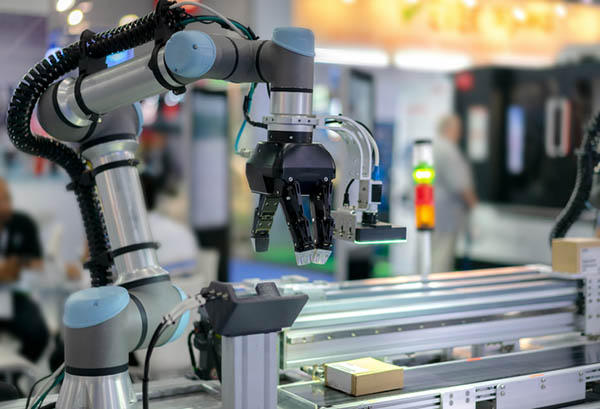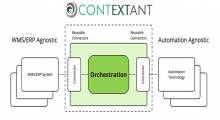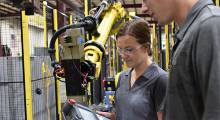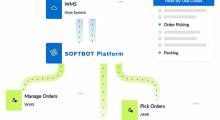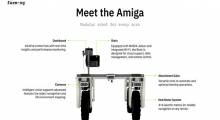Businesses can integrate robots smartly and safely by investing in a robotics feasibility study. Adding this extra step can result in a higher return on investment and less time and money wasted on trial and error.
Feasibility studies can be especially helpful if your team is new to robotics or lacks a dedicated expert. It is vital to invest in one early on to maximize the benefits of automation.
When to do a robotics feasibility study
The best time to invest in a robotics feasibility study is after you develop an initial concept before investing in your prototype. Many people jump straight to the first working one, but this may not be the wisest choice.
“A working prototype may cost you thousands of dollars so it is very important that you are sure you have all the right answers,” pointed out one industry columnist. “If you rush in without any studies, you may be putting yourself at major financial risk.”
Prototypes can cost tens of thousands of dollars, and that sum can double if your initial concept for your robot does not pan out as expected. A prototype is certainly impressive to investors, but a feasibility study can be just as valuable.
On the one hand, it demonstrates that robotics experts have verified your strategy is sound. It also shows investors that your team is responsible with handling available funds.
A robotics feasibility study significantly reduces the financial risk of investing in new robots and equipment, according to Jason Walker, co-founder and former CEO of Waypoint Robotics Inc., which Locus Robotics Corp. acquired last year.
The robotics feasibility study process
There are various ways to conduct a robotics feasibility study. You may have the personnel necessary to complete one internally, or you may opt to outsource it to a third-party expert. Evaluators will have slightly different methods, but most of these studies follow a similar outline.
You will need to start by clearly defining the goals and requirements for the robots you want to integrate. These details may include information like cycle time requirements, the payload or function of the robot, the work area dimensions, and any environmental or safety concerns.
As Gibson Engineering noted, this can help evaluators “make more discerning and accurate recommendations for a potential solution.” The more details you include, the better your evaluator will be able to tailor your robotics feasibility study to your needs.
Some evaluators will ask that you send them any robots or parts you have already acquired so they can replicate your setup in their test space. However, you can avoid some initial financial risk by conducting a robotics feasibility study before assembling your prototype, so don’t worry if you haven’t purchased any machinery yet.
Instead, offer your evaluator a model or detailed plans of your proposed robotics setup. You can use scale drawings, 3D modeling software, a physical model, or a more modern simulation. The important part is that it is accurate to your real proposal, including the end-of-arm tooling you plan to use.
The evaluator will use all the data, models and parts you provide to analyze the potential effectiveness of your proposal. They will search for any potential issues or drawbacks as well as suggestions for improvements.
The completed feasibility report should include details on predicted performance, functionality of the robots proposed, end-of-arm tooling needs and an overall proof of concept that shows your plan is sound.
How to respond to evaluation results
You can move forward with fine-tuning your robotics integration strategy and investing in a prototype once you have your robotics feasibility study results. It is a good idea to review the feasibility report with your evaluator so you can ask questions and go over suggestions for optimization and improvements. They may recommend solutions you wouldn’t otherwise think of, so keep an open mind.
You and your evaluator may also work together to calculate estimated pricing for your robotics investment. Remember, budget is an important factor in overall feasibility alongside technical considerations.
Evaluating your financial needs is usually a matter of calculating the cost of your robotics investment and comparing it to the price of your current, manual process, as well as the expense of using robots.
Ultimately, a robotics feasibility study is about helping you find the best application and models for your team’s needs. You may find that your initial concept isn’t the best solution. Maybe your workers are better suited to collaborative robots instead, which have been gaining traction in collaborative robot applications over the past few years.
Getting the right start with robotics
A robotics feasibility study is a great way to reduce financial risk and improve the overall quality of new investments. Setting aside the time and expense to conduct one will ensure your team can dive into new prototypes and robotics integrations with the most optimized, well-designed strategy possible. Investors will be impressed and reassured by concrete data that supports your proposal.

About the author
Emily Newton is a tech writer who enjoys writing about the latest innovations changing our world. Read more of her articles online at Revolutionized Magazine.
Article topics
Email Sign Up

